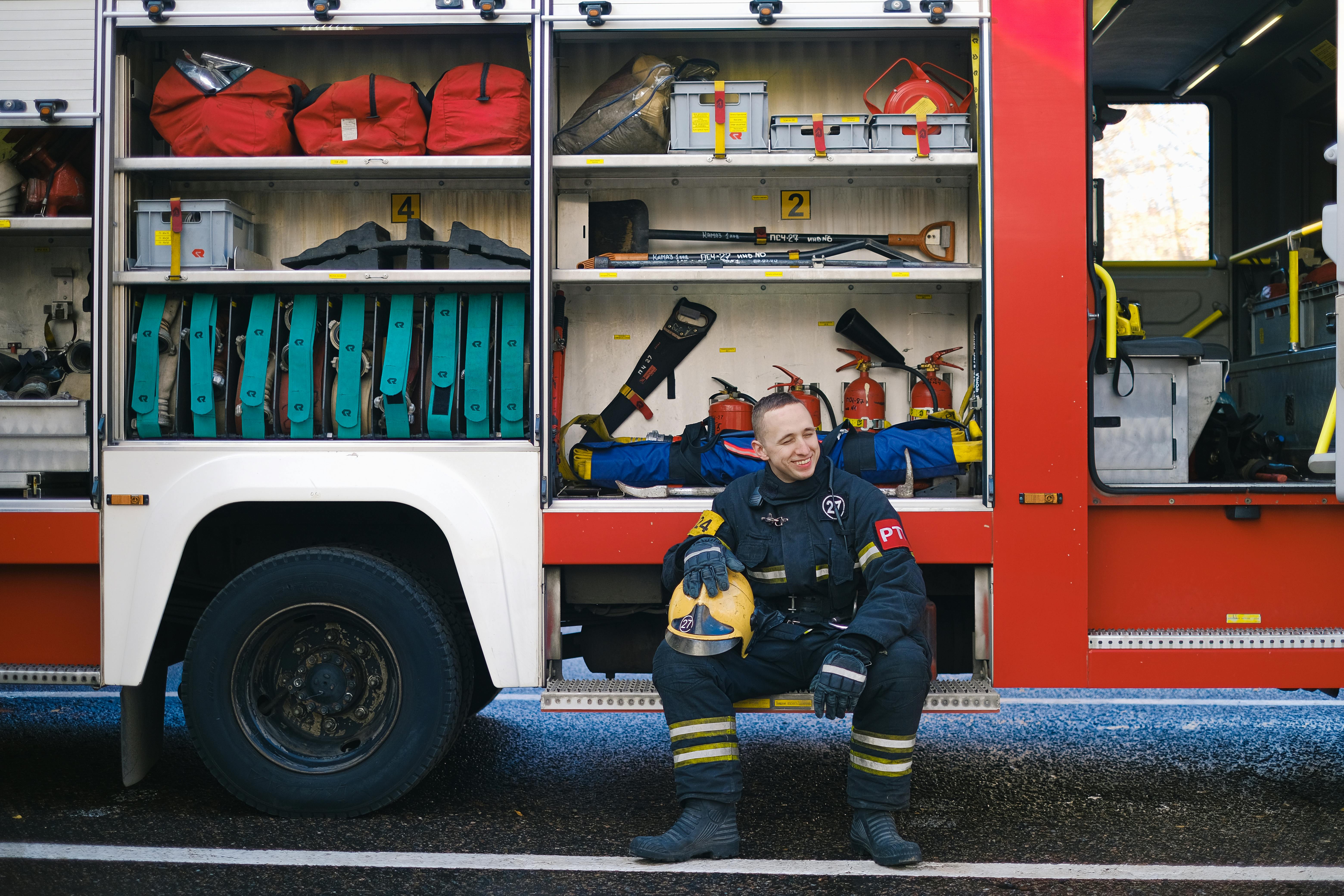
Actionable Takeaways for the Next Generation of Fire Service Leaders
The CWI Fire Service Technology program is more than a local success story; it is a template for sustainable public safety recruitment. For those looking to understand or replicate this model—whether as aspiring recruits, current department leaders, or community stakeholders—the following insights are paramount:. Find out more about CWI fire service pipeline job placement rates.
- Mandate True Integration: The apprenticeship phase must be mandatory and substantive. It must integrate candidates into routine operations, not just emergency shadowing. If your training model is solely classroom-based, you are leaving career-defining opportunities on the table.. Find out more about Mandated work experience firefighting apprenticeship model guide.
- Co-Author the Curriculum: Never allow academic administration to develop essential technical training in a vacuum. Ensure the curriculum is a living document, signed off on and actively taught by front-line command staff and senior officers from your employing agencies. Relevance is maintained by proximity to the problem.
- Address Cost Proactively: Recognize that financial barriers compromise talent equity. Proactive grant seeking and partnership development to cover essentials like bunker gear during the practical phase is not optional; it is a fundamental ethical requirement for expanding the talent pool.. Find out more about Vetting future firefighters during work experience phase tips.
- Measure Conversion, Not Just Completion: The success metric for this type of pipeline is the percentage of program graduates who are hired *locally* within a defined period. Focus all tracking efforts on this quantitative placement rate as the ultimate measure of pipeline health.. Find out more about Financial aid for firefighter turnout gear during training strategies.
The question is no longer *if* structured work experience is superior to traditional hiring methods; the data confirms it is. The current reality in 2025 is that departments that embrace these deep, integrated pipelines will secure the most reliable, culturally compatible, and operationally ready personnel. The future of fire service excellence in the Treasure Valley is being forged right now, not just in the burn tower, but in the shared commitment between CWI and the agencies it serves.. Find out more about CWI fire service pipeline job placement rates overview.
What’s Your Next Step?
Are you a potential recruit ready to commit to this integrated path, or are you a department leader seeking to understand how to embed this level of apprenticeship into your own recruitment strategy? The time for incremental change is over; the era of the integrated pipeline is here.. Find out more about Mandated work experience firefighting apprenticeship model definition guide.
Engage with the Conversation: We encourage all aspiring candidates and fire service administrators to review the core tenets of public safety workforce development and understand the ongoing evolution of NFPA standards that shape these pathways. For more insight into the tangible results, examine the latest data on IFSAC accredited certifications.
Note: All claims regarding CWI program structure and local hiring trends reflect the environment as of October 23, 2025.
